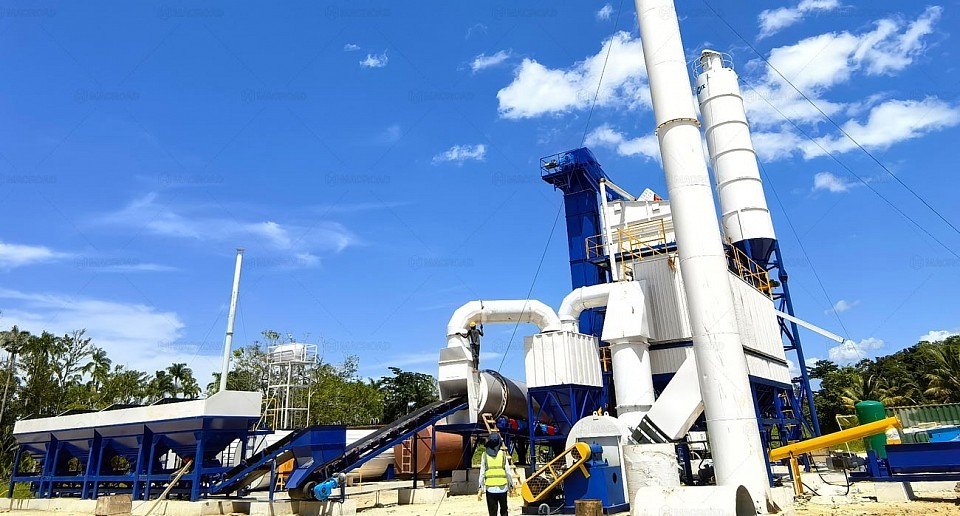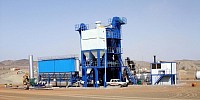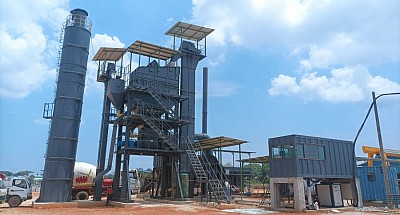Key Indicators for Full-Lifecycle Environmental Impact Assessment of Asphalt Mixing Plants
Energy Consumption and Emissions
One of the most critical indicators in an LCA for asphalt mixing plants is energy consumption. The amount of energy used during the production process directly influences greenhouse gas emissions. Different types of asphalt mixing plants, such as stationary and mobile asphalt plants, may exhibit varying energy profiles based on their operational efficiencies and technologies used.
For instance, modern hot mix asphalt plants often employ advanced technologies to optimize energy use, leading to reduced emissions. Monitoring energy consumption not only helps in assessing environmental impact but also identifies opportunities for improving operational efficiency. By using renewable energy sources or more efficient equipment, such as energy-efficient asphalt mixer machines, plants can significantly lower their carbon footprint.
Resource Utilization and Waste Management
Resource utilization is another vital indicator in the environmental impact assessment of asphalt mixing plants. This includes the amount of raw materials consumed, such as aggregates and asphalt binders, and the extent to which recycled materials, like reclaimed asphalt pavement (RAP), are integrated into production. The use of recycled materials not only conserves natural resources but also reduces landfill waste.
Additionally, effective waste management practices are crucial. This encompasses the disposal of by-products and the recycling of materials whenever possible. For example, asphalt mixing plants that implement robust waste management strategies can minimize their environmental impact while also reducing operational costs. Tracking the percentage of materials reused or recycled provides insight into a plant's sustainability efforts and resource efficiency.
Water Usage and Quality Impact
Water usage is an often-overlooked indicator in the lifecycle assessment of asphalt mixing plants. Asphalt production requires significant amounts of water, particularly in cooling and cleaning processes. Understanding water consumption patterns can help identify areas for improvement and promote responsible water management practices.
Furthermore, the quality of water discharged from asphalt mixing plants is another critical aspect. Contamination from oils or chemicals used in the production process can have detrimental effects on local water bodies. Implementing effective filtration and treatment systems can mitigate these impacts, ensuring compliance with environmental regulations. Monitoring water quality indicators helps assess the overall effect of asphalt mixing operations on local ecosystems.
Conclusion
In conclusion, a full-lifecycle environmental impact assessment of asphalt mixing plants should focus on key indicators such as energy consumption and emissions, resource utilization and waste management, and water usage and quality impact. By evaluating these aspects, operators can gain valuable insights into their environmental performance and identify opportunities for improvement. Embracing these indicators not only enhances sustainability but also positions asphalt mixing plants as responsible contributors to infrastructure development and environmental stewardship.



